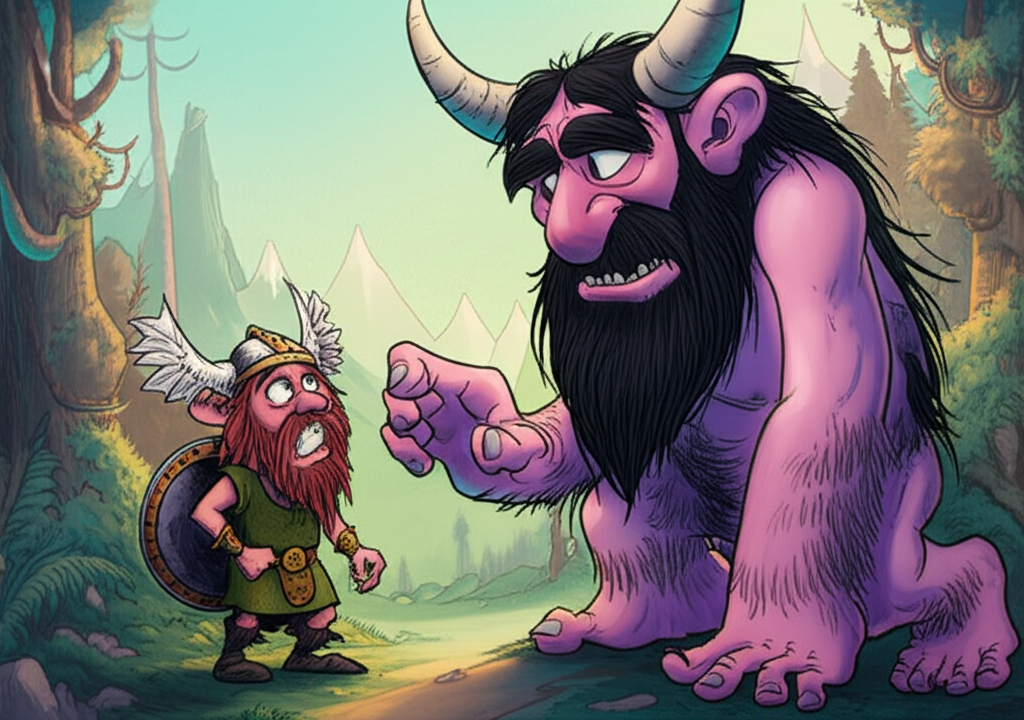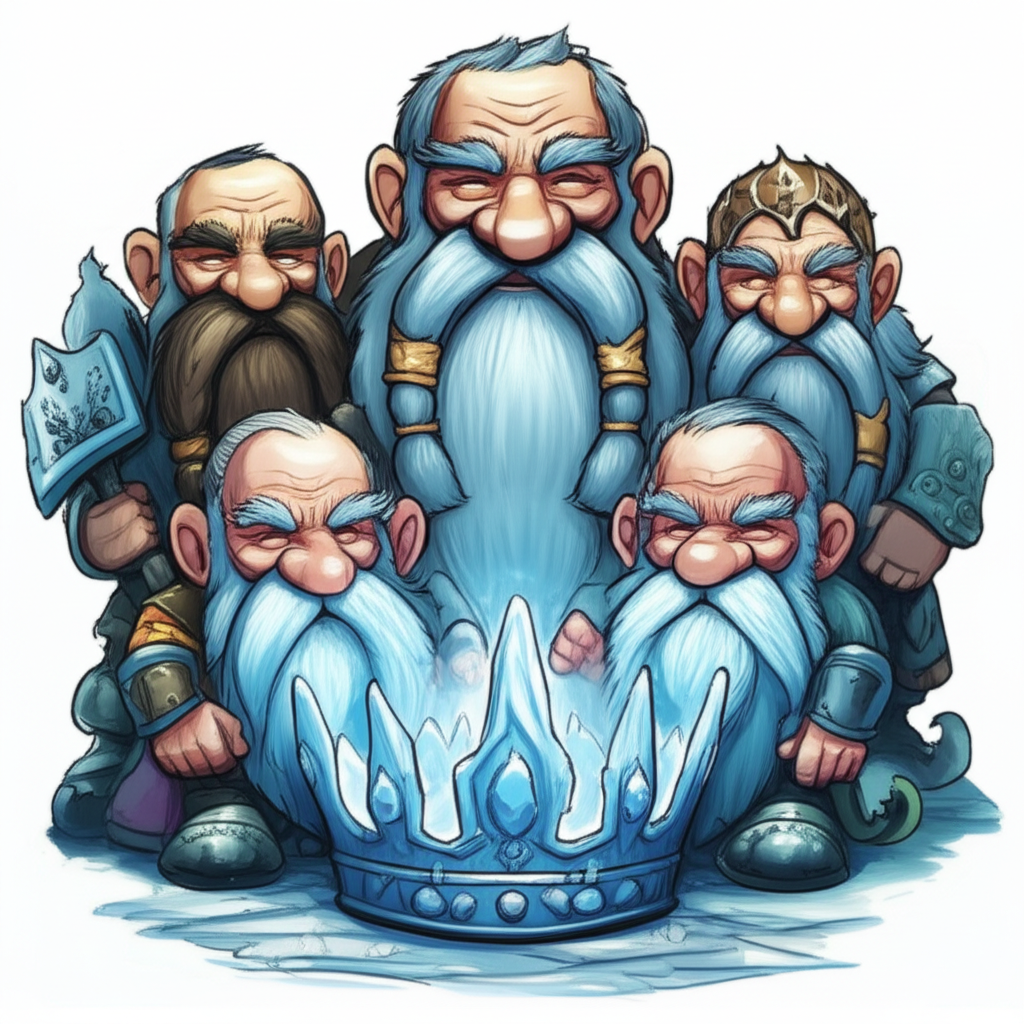The biting winds that sweep across the stark landscapes of Scandinavia carry with them whispers of ancient tales, stories woven from the fabric of a world perceived through the lens of nature’s raw power and the cycles of life and death. Among these enduring narratives is the myth of Baldr, the beloved god whose tragic demise cast a long shadow over the halls of Asgard and set in motion a chain of events that would ultimately lead to Ragnarok, the twilight of the gods. This is not a chronicle of divine beings to be worshipped, but rather a window into the imaginative world of the ancient Norse people, their understanding of existence, and the profound questions they pondered.
The myths we explore today originate from the Norse culture of Scandinavia, primarily during the Viking Age (roughly 8th to 11th centuries CE), though their roots extend further back into Germanic antiquity. This was a time when life was intimately connected to the unpredictable forces of nature. Harsh winters, fertile summers, the rumble of thunder, the brilliance of the aurora borealis – all were imbued with meaning and often attributed to the actions of powerful, anthropomorphic beings. The Norse world was a cosmos divided into realms, populated by gods, giants, dwarves, and other creatures, each with their own domains and often clashing agendas. Their worldview was cyclical, acknowledging the inevitability of decay and rebirth, a perspective deeply informed by their challenging environment. Survival depended on understanding these forces, and storytelling was a vital tool for transmitting knowledge, values, and explanations for the inexplicable.
Central to this particular myth is Baldr, often depicted as the god of light, purity, joy, and beauty. He was the son of Odin, the All-Father, and Frigg, the queen of the gods. Baldr’s radiant presence was said to bring warmth and happiness to Asgard, a celestial city where the gods resided. He was not a god of war or thunder, but rather a symbol of all that was good and cherished. His defining characteristic was his inherent goodness and his unblemished nature, making him universally loved and respected by gods and mortals alike. He was the embodiment of an ideal, a beacon of light in a world that could be dark and unforgiving. His vulnerability, despite his divine status, is a crucial element of his story.
The tale of Baldr’s death is steeped in treachery and sorrow. Loki, the cunning trickster god, consumed by envy and malice, orchestrated Baldr’s demise. He discovered that Baldr was vulnerable only to the mistletoe, a seemingly insignificant plant that had been overlooked in a universal pact by all living things to never harm the beloved god. Loki, in his deceitful guise, tricked the blind god Höðr into throwing a mistletoe dart at Baldr, which, to everyone’s horror, proved fatal. The death of Baldr sent shockwaves through Asgard. The world, which had once basked in his light, was plunged into a profound grief. The narrative of his passing is a poignant depiction of the fragility of goodness in the face of malevolence, and the devastating impact of betrayal.
Following Baldr’s death, Asgard was steeped in an unbearable sorrow. The vibrant halls that once echoed with laughter and celebration were now hushed, filled with the mournful laments of the gods. Odin, his father, was consumed by despair, and Frigg, his mother, wept tears of pure gold, a testament to the immeasurable value of her lost son. The very fabric of Asgard seemed to dim, its radiance diminished by the absence of its brightest star. The gods, accustomed to their divine might, were powerless against this profound loss, highlighting the universality of grief.
The immediate aftermath was marked by attempts to reclaim Baldr from the underworld, Helheim, ruled by the stern goddess Hel. Odin, in his desperate quest, rode his eight-legged steed Sleipnir to the realm of the dead. There, he encountered a formidable seeress who revealed the prophecy of Baldr’s eventual return, but only after Ragnarok, the final cataclysm. This glimmer of hope, however, was tempered by the grim reality of his current state and the immense challenges that lay ahead. The gods’ inability to fully reverse the deed underscored the finality of death within the Norse cosmological framework, even for divine beings.
The death of Baldr, and the subsequent sorrow, became a potent symbol for the ancient Norse. It represented the loss of innocence and purity, the devastating consequences of envy and deception, and the inevitability of mortality. Baldr, the embodiment of light and goodness, being struck down by a seemingly harmless plant, spoke to the vulnerability of even the most cherished aspects of existence. His death was a harbinger of darker times, a prelude to the eventual destruction of their world, Ragnarok. It served as a reminder that even in a world of gods, sorrow and loss were inescapable. The inability of the gods to fully prevent or undo this tragedy might have reflected a human understanding of the limitations of power against certain fundamental forces, like death itself. It also potentially symbolized the decline of an age of light and the dawning of a more turbulent era.
In the modern era, the myth of Baldr continues to resonate, finding new life in various forms of media and scholarly study. In literature, he is often portrayed as a tragic hero, a symbol of idealized virtue whose fall serves as a moral lesson. Fantasy novels frequently draw inspiration from Norse mythology, incorporating characters and themes reminiscent of Baldr and his story. Video games and films have also explored these ancient narratives, reinterpreting the gods and their conflicts for contemporary audiences. For cultural studies, the myth offers invaluable insights into the values, fears, and aspirations of the ancient Norse people, providing a rich tapestry for understanding their worldview and the development of their societal structures. Scholars analyze the symbolism of the mistletoe, the nature of Loki’s treachery, and the profound grief of the gods as reflections of deeper human experiences and anxieties.
It is crucial to reiterate that the story of Baldr is a traditional narrative, a product of the rich imagination and cultural heritage of ancient peoples. It is not a factual account nor a divine revelation. As Muslims, we recognize that the sole Creator and Sustainer of the universe is Allah (God), and that all true power and authority reside with Him alone. The narratives of ancient cultures, while fascinating and informative, are understood within the framework of human storytelling and the exploration of universal themes.
The myth of Baldr’s death, and its aftermath, stands as a testament to the enduring power of storytelling. It allows us to connect with the past, to understand the ways in which different cultures have grappled with fundamental questions about life, death, good, and evil. These tales, born from the fireside and the long winter nights, continue to inspire, provoke thought, and remind us of the boundless capacity of the human imagination to create worlds, imbue them with meaning, and explore the depths of our own experiences. They are echoes of a past, preserved not as dogma, but as a testament to the rich tapestry of human cultural heritage.





